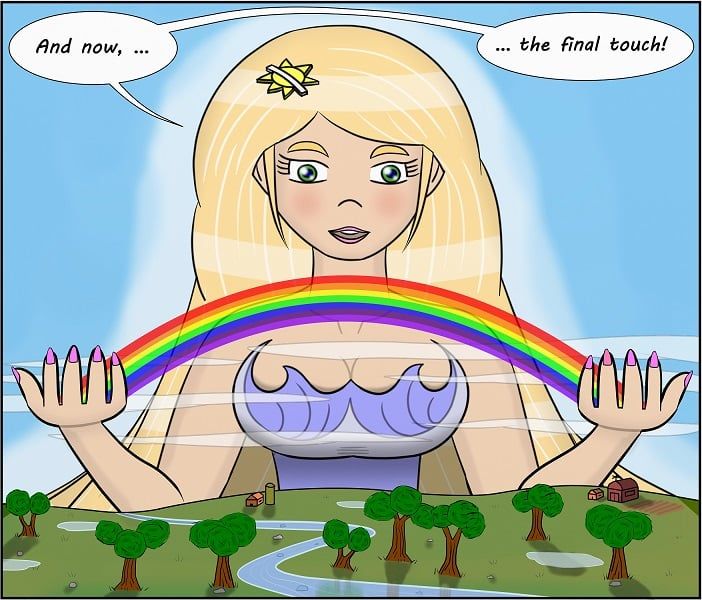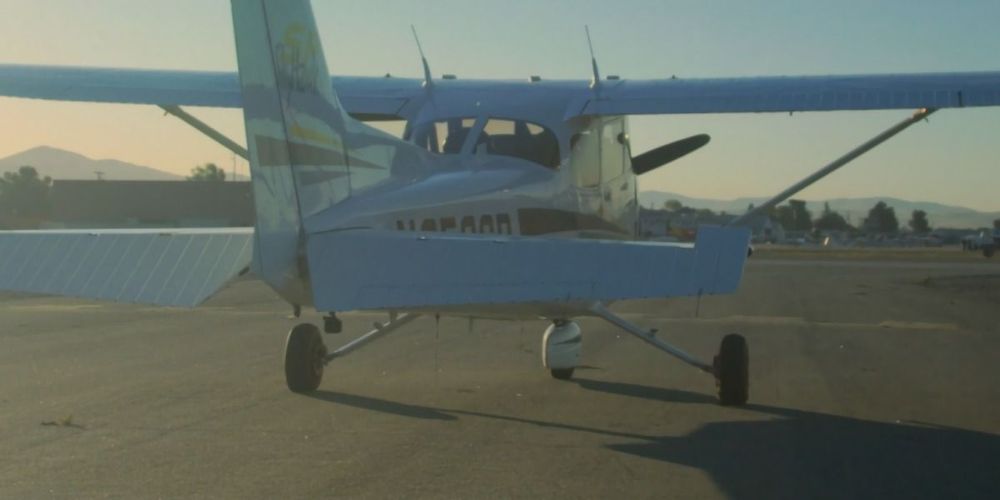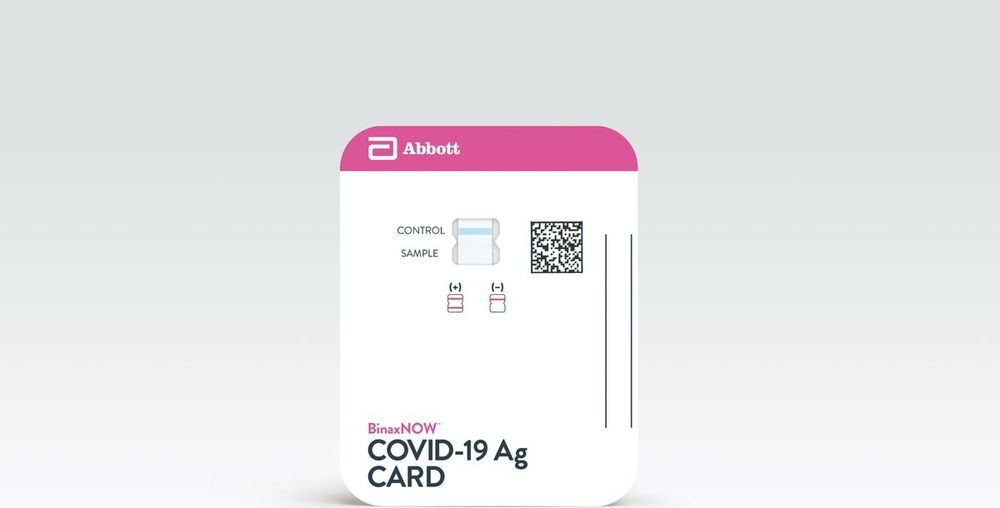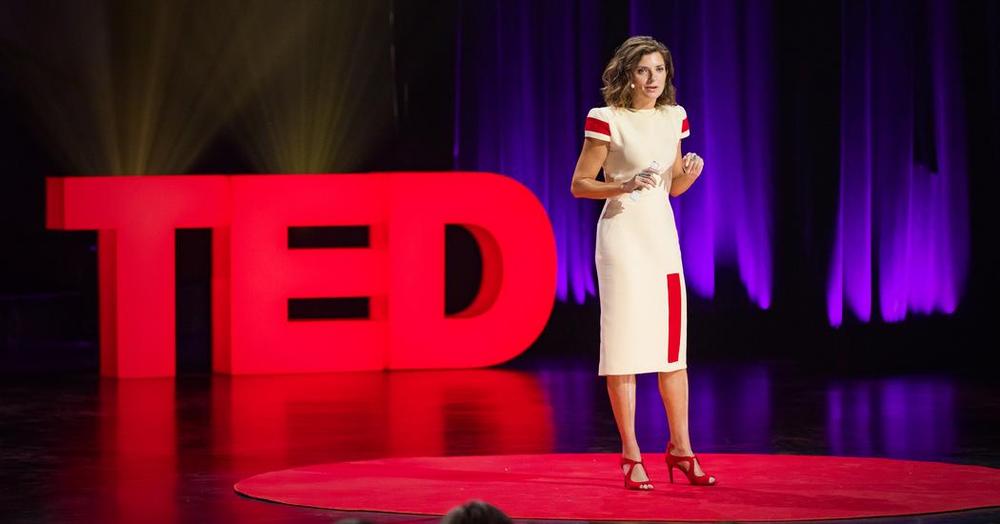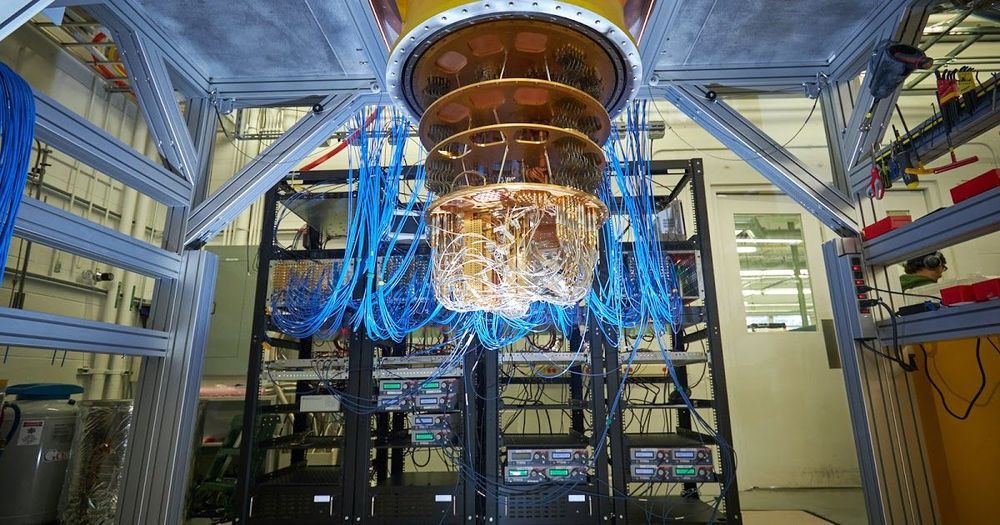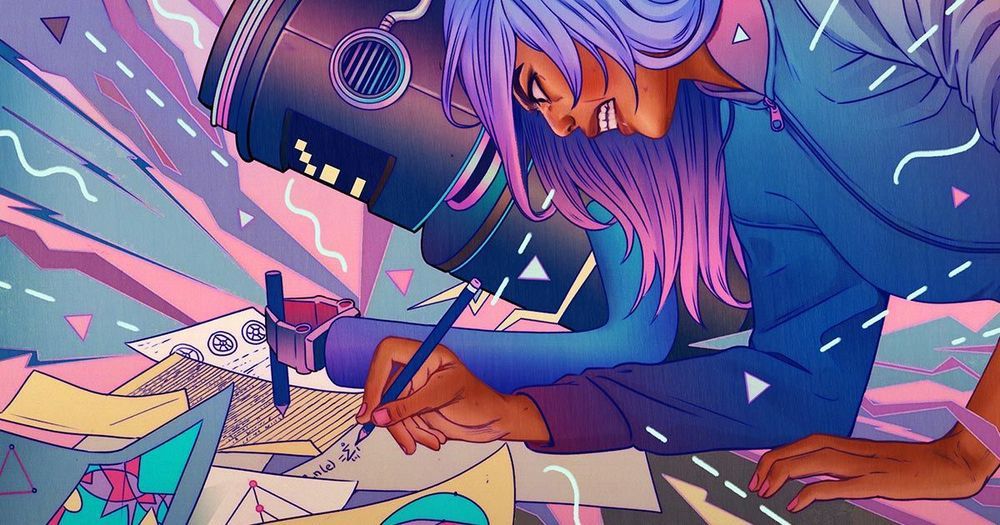An amazing aspect of living in The Fourth Industrial Era is that we are at a new inflection point in bringing emerging technologies to life. We are in an era of scientific breakthroughs that will change the way of life as we currently know it. While there are many technological areas of fascination for me, the meshing of biology with machine is one of the most intriguing. It fuses many elements of technologies especially artificial intelligence and pervasive computing. I have highlighted two frontiers of “mind-bending” developments that are on the horizon, Neuromorphic technologies, and human-machine biology.
Neuromorphic Technologies
Human computer interaction (HCI) was an area of research that started in the 1980s and has come a long way in a short period of time. HCI was the foundation for what we call neuromorphic computing, the integration of systems containing electronic analog circuits to mimic neuro-biological architectures present in the biological nervous system.

